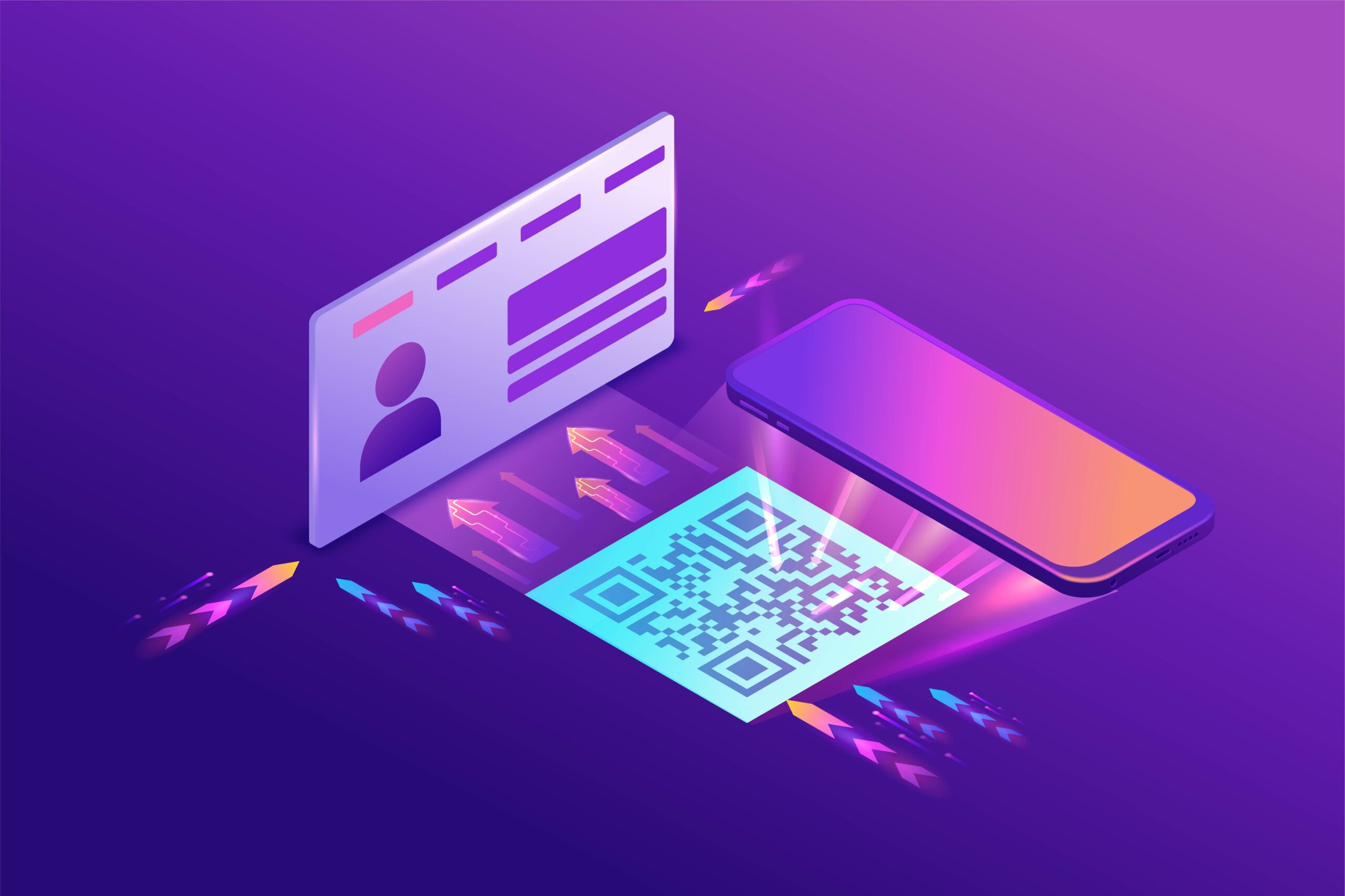In today’s digital age, the use of technology continuously evolves to make our personal and professional lives more convenient. Quick Response (QR) code has been one such advancement. This two-dimensional barcode allows users to share website URLs and contact information or make payments. While QR codes have made our daily lives easier, they have also opened new avenues for cybercriminals to exploit. Also known as quishing, QR code phishing attacks are on the rise and present a significant threat to users and organizations alike.
How cybercriminals are using QR codes in email attacks
Hackers use QR codes in email attacks to trick recipients into visiting malicious websites or downloading malware onto their devices. These attacks typically involve social engineering tactics designed to exploit the trust that people often place in emails. Here are some examples of the tactics that cybercriminals are using:
Phishing links
Attackers embed QR codes in phishing emails, prompting users to scan the code and visit a fake page that appears to be a trusted service or application. Victims are usually tricked into entering their login credentials, which are then captured by an attacker.
Fake QR codes may also lead to surveys or forms that request personal information such as name, address, or Social Security number. Victims might be lured with promises of rewards or prizes in exchange for information or even a small payment.
- Share:

